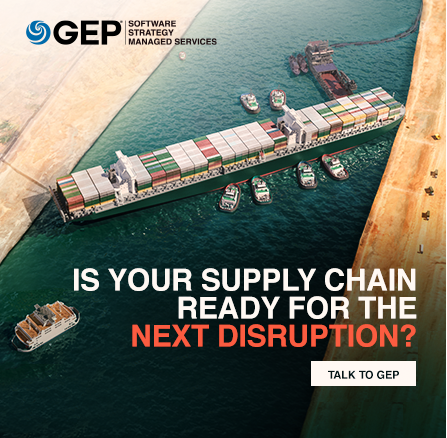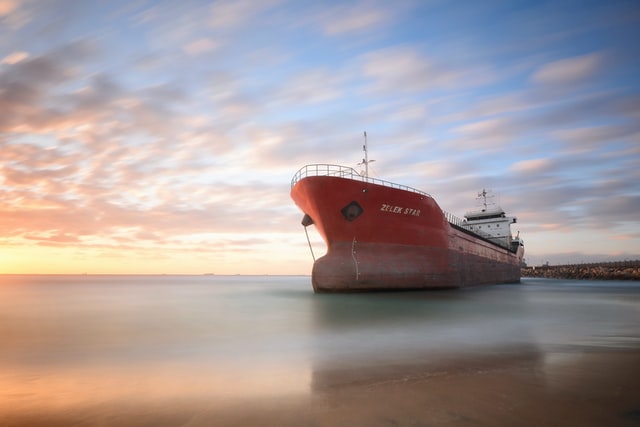The Suez Canal incident raised multiple questions on the role of world shipping and containerization. Supply chains are still feeling the effects of the closure. According to Lars Jensen, CEO of Vespucci Maritime, there are two things that need to be considered. Firstly, the actual closure of the canal and secondly, the context it happened in. ‘Had the Suez Canal incident happened in a normal market environment, it would have taken two to three months for all ripple effects to disappear,’ says Jensen for The Logistics Point. Unfortunately, the market was already experiencing shortages of vessels and empty containers at the right places. Even before the closure of the canal, shipping was looking at around three months before being able to completely resolve all bottlenecks. The expert now expects that the problems would drag longer. Bottleneck problems are increased in European ports.

Jensen doesn’t believe the Suez Canal incident would lead to any drastic changes on the way shipping is done. ‘There is nothing in the data telling us that we should be concerned that such accidents would happen more frequently,’ he continues. The Suez Canal is a convenient alternative for companies and, depending on fuel prices, generally cheaper than going all the way around Africa. When the canal is blocked supply chains are lengthened by approximately a week and if fuel prices are high it adds costs. ‘I see no arguments as to why there should be any lasting changes because of the incident,’ Jensen explains.
World Trade
Port congestion has worsened the state of world trade. Global demand growth is lopsided where certain areas, specifically the Transpacific, are recording an unseen boom. Problems at ports might cause more headaches as their capacity is fixed and harder to increase when needed. Jensen believes that in the next couple of months some shippers will be unable to move their cargo around. He doesn’t expect consumers to notice any significant changes in stores but certain manufacturers and importers might be heavily affected. If a company is unable to ship its goods to its markets it could go bankrupt. That is especially worrisome for smaller vendors and those who rely on low cost goods and a single variety.

‘The consumer might notice that in their usual shoe store suddenly there are 480 types of shoes instead of 500,’ Jensen explains. ‘Consumers very likely will not notice the difference. If you are the importer of the missing 20 types of shoes, however, you might very well go bankrupt.’ Bottlenecks have also increased rates phenomenally but none of that has resulted in rising consumer prices. That likely means cargo owners are absorbing the cost. ‘Suddenly it becomes way more important whether you have supply chain resilience or not.’
Predicting the future
Nearshoring is unlikely to be the answer to supply chain resilience. A few companies have done it but by large most haven’t. ‘The lower the value of the goods, the higher the impact of higher supply chain costs,’ Jensen explains, continuing: ‘This also means manufacturing costs.’ Nearshoring in markets with higher labour cost is not attractive.
From 2022 it is expected that freight rates would be higher than seen before. Supply chains that are based on the assumption that shipping will be extremely cheap would suffer the most.
‘The one thing to keep in mind is that we could get back to normal in a few months only assuming there would be no more surprises,’ concluded Jensen.
‘During the last 14 months there has been nothing but surprises. We are clearly not out of the pandemic and we have a new wave in India that can provide yet another surprise to the supply chain.’ ✷



